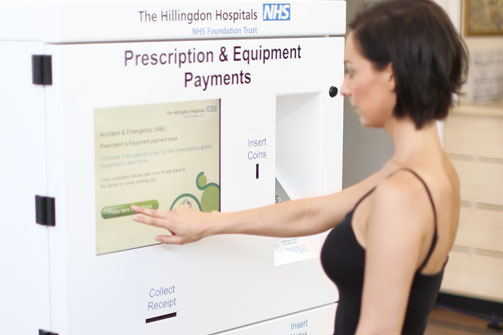Every year more and more businesses are turning towards kiosk solutions and reaping the benefits of reduced costs, enhanced customer service and greater operation efficiency.
As new hardware and software is constantly developed, more kiosk application opportunities are opening up and the market is set to continue to grow exponentially over the next few years.
Despite those positive sentiments, not every self-service kiosk deployment is going to be a success. Some operators seem to be determined to wrest failure from the jaws of success, either through a lack of clarity on what function the kiosk is supposed to perform or not viewing the deployment from the perspective of the end user.
So, without further ado, and to help those considering an investment in interactive kiosk technology, here are a few tips on how to avoid common kiosk project failures:
Consult all Stakeholders & Research
Always ensure that you research your chosen kiosk company in depth, paying close attention to reviews, product information, warranties and service level agreements. It’s also vital to consult all stakeholders in the project, from all key groups within your organisation, to establish what you want your kiosk project to achieve and to outline a clearly defined strategy that is unilaterally agreed upon.
Components
Trying to get by with poor quality components in a commercial kiosk deployment project is a recipe for disaster. Using cheap components may save you money in the short term but it’s likely to cost much more over time in maintenance, lost sales and the eventual replacement of those poor components.
Additionally, multiple breakdowns are likely to foster distrust of the kiosks even when they are operational. If users approach the kiosk and it’s out of order they may never return which could damage your brand as well as the bottom line.
Set realistic budgets and request detailed quotes; accept that quality may cost that little bit more.
Define the Purpose
Don’t forget to clearly establish the purpose of the kiosk, the value of offering a kiosk solution and the operational impact.
Think clearly about the deployment strategy and where the kiosk will be located. Is your business short on space? Perhaps consider a wall-mounted kiosk. Could your kiosk machine be vulnerable to damage? You may want to consider adding extra safety/anti-vandalism features.

Remember the end user
Don’t forget to look at the deployment from the eyes of the end user.
Although a deployment may look good on paper, from the deployer’s point of view, it’s easy to forget that one of the most important goals of self-service technology is to create a great user-experience.
Pay close attention to instructions, visuals and how various components work. Machines that are confusing or annoying to use will create negative feedback and discourage customers from returning.
Other Questions to Consider:
Why are you offering this self-service solution?
What is the advertising/marketing strategy?
What are the success metrics and how will you collect the data?